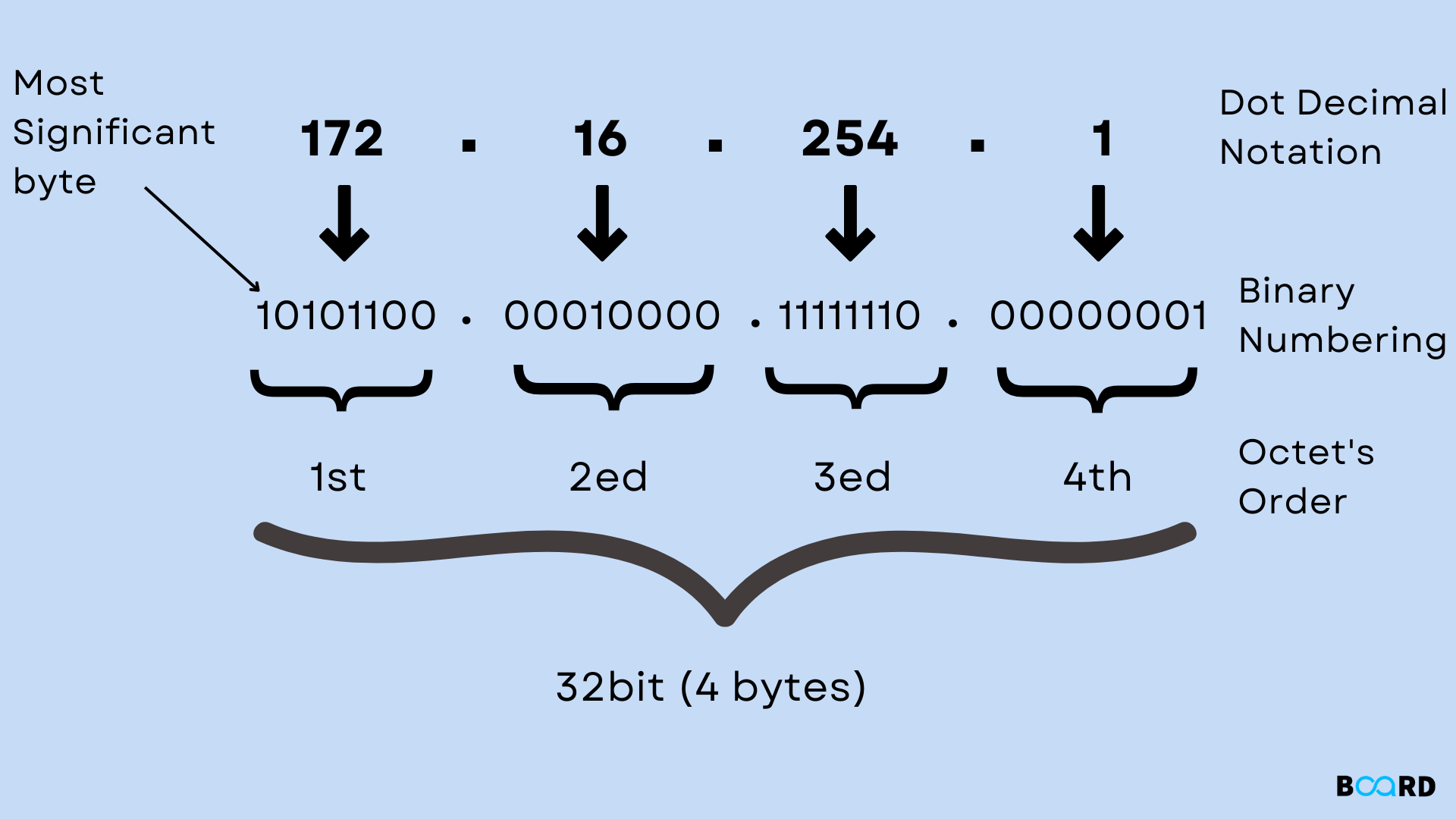Introduction to Computer Networking
Classful IP Addressing: What it is?

What is Classful IP Addressing?
Classful addressing is a technique used to partition the 32 bit IP address into different classes as a way of making the allotting of IP addresses easier during the early days of computer networking. Introduced in the 1980s, this system divided IP addresses into five categories or classes: A, B, C, D, and E. Every class was intended for general use but with the capability of accommodating various sized networks and was named according to the Initial bits of an IP address.
IP addresses are numbers that are 32 binary digits in length and the IP address is usually expressed as four octets in dotted decimal form of numbers such as 192.168.1.1. As under Classful addressing, the structure of these addresses defined the range, size as well as the purposes for each class.
Structure of Classful IP Addressing
Classful IP addressing means partitioning of IP addresses by their first bits which defines their class. Here's an overview:
| Class | First Octet Range | First Few Bits | Default Subnet Mask | Usable Host Range |
|---|---|---|---|---|
| A | 1 - 126 | 0 | 255.0.0.0 | 1.0.0.1 - 126.255.255.254 |
| B | 128 - 191 | 10 | 255.255.0.0 | 128.0.0.1 - 191.255.255.254 |
| C | 192 - 223 | 110 | 255.255.255.0 | 192.0.0.1 - 223.255.255.254 |
| D | 224 - 239 | 1110 | N/A | Reserved for Multicasting |
| E | 240 - 255 | 1111 | N/A | Reserved for Experimental Purposes |
Key Characteristics
- Fixed Subnet Masks: Every class has its default subnet mask that helps in partitioning of the address between the network and the host.
- Division by Purpose: Table 3 shows that classes D and E serve special purposes while classes A, B and C are meant for general extension of the network.
- Simplified Management: Originally, if or not addressing was divided into fixed valued classes it would be possible for administrators to assign various IPs dependant on the size of the network needed.
Classes of IP Addressing in Detail
✅Class A
- Designed for: Large organizations or entities requiring extensive IP addresses.
- Range: 1.0.0.0 to 126.0.0.0
- Subnet Mask: 255.0.0.0
- Hosts per Network: Over 16 million (2³¹ - 2 usable addresses).
Characteristics:
- The first bit is always set to 0.
- Only the first octet represents the network portion, while the remaining three octets represent the host portion.
✅Class B
- Designed for: Medium-sized organizations or universities.
- Range: 128.0.0.0 to 191.255.0.0
- Subnet Mask: 255.255.0.0
- Hosts per Network: Over 65,000 (2¹⁶ - 2 usable addresses).
Characteristics:
- The first two bits are always set to 10.
- The first two octets represent the network portion, while the remaining two represent the host portion.
✅Class C
- Designed for: Small businesses and smaller networks.
- Range: 192.0.0.0 to 223.255.255.0
- Subnet Mask: 255.255.255.0
- Hosts per Network: 254 (2⁸ - 2 usable addresses).
Characteristics:
- The first three bits are always set to 110.
- The first three octets represent the network portion, with the last octet reserved for hosts.
✅Class D
- Designed for: Multicasting (sending data to multiple destinations simultaneously).
- Range: 224.0.0.0 to 239.255.255.255
- Subnet Mask: Not applicable.
Characteristics:
- The first four bits are set to 1110.
- Not used for assigning individual IPs to hosts.
✅Class E
- Designed for: Experimental and research purposes.
- Range: 240.0.0.0 to 255.255.255.255
- Subnet Mask: Not applicable.
Characteristics:
- The first four bits are set to 1111.
- Reserved and not used for standard networking.
Limitations of Classful IP Addressing
While Classful IP addressing was revolutionary for its time, it had significant limitations:
✅Wastage of IP Addresses:
- Similarly, most of the Class A networks provided millions of addressing space to organizations that needed a much smaller number.Class B networks also joined this club of underutilization most of the time.
✅Inflexible Subnetting:
- The use of a fixed subnet mask narrowed the ways through which the network could be partitioned into efficiently manageable subnets.
✅Lack of Scalability:
- With increase in the use of the internet, the manner in which the rigid class system of the early days of the internet could differentiate between different sizes of the network became an issue.
✅IPv4 Exhaustion:
- The inefficient use of IP addresses accelerated the depletion of IPv4 address space.
✅No Variable Length Subnet Masking (VLSM):
- Poor utilization of IP addresses contributed to the exhaustion of IPv4 address space much more than it should have.
Transition to Classless Addressing
In order to overcome Classful addressing disadvantages, Classless inter Domain Routing (CIDR) was developed early 1990’s. CIDR eliminated the fixed class model of IPs and uses a more flexible and hierarchical system. By using variable-length subnet masking (VLSM), CIDR allowed networks to:
- Dynamically assign ip addresses according to specific need as a feature of IPv6.
- Slow down IPv4 exhaustion.
- Optimisation: increase the number of IP prefixes and aggregate them into one entry (route aggregation).
Applications of Classful IP Addressing Today
While being outdated Classful IP Addressing is used educationally and gives understanding of the modern IP allocation. Network administrators and students often study it to:
- Learn about subnetting and general structure of IP.
- Learn when the process of IP addressing transition started.
Conclusion
The Classful IP Addressing was an improvement in the network evolvement process since it provided the foundation of the addressing and routing of IP. Even though its drawbacks excluded the system from validity, it did have deep control over the budding internet epoch due to its systematic framework.
Today CIDR and IPv6 makes it possible for the network to expand to meet the challenges posed by a connected world. Thus knowing underlying theory of IP addressing one can realize further developments that still fuel modern networking.
